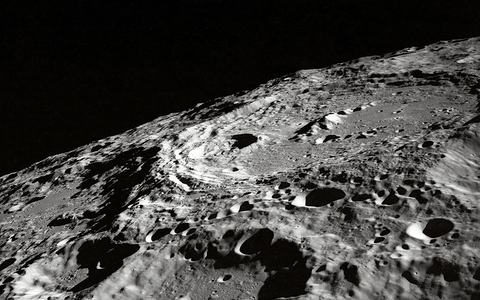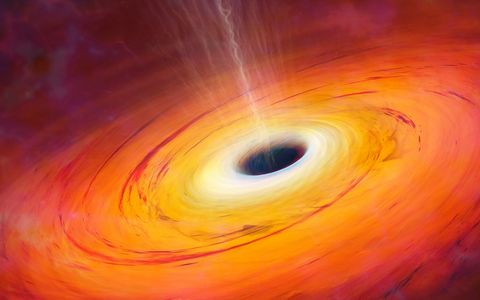NASA recently identified areas on the Moon that are likely to have early molten rock (AKA magma). The hope is that when Astronauts return to the Moon in 2024 with the Artemis program, fragments from deep within the Moon can be collected and analyzed to provide a better understanding of how the Moon, the Earth, and many other solar system worlds evolved!

Shortly after Earth's Moon was created, it was covered in an ocean of molten rock that lasted some 200 million years. This magma ocean cooled and solidified, separating dense minerals that formed the mantle layer from less-dense minerals that formed the surface crust. Later, massive asteroids and comets punched through the crust, blasting out pieces of the mantle across the lunar surface.
NASA has recently identified the most likely locations to find pieces of mantle on the surface, providing a map for future lunar sample returns. This is exciting as it's the most up-to-date evaluation of the evolution of the lunar interior. The formation of magma oceans and their evolution are thought to be common processes among rocky planets and moons throughout our solar system and beyond. However, our Moon is the most accessible and well-preserved body to study these fundamental processes.

“Understanding these processes in more detail will have implications for important follow-up questions: How does this early heating affect the distribution of water and atmospheric gases of a planet? Does water stick around, or is it all boiled away? What are the implications for early habitability and the genesis of life?” said Daniel Moriarty of NASA’s Goddard Space Flight Center, Greenbelt, Maryland and the University of Maryland, College Park.
While there is much to be discovered on the lunar surface, first things first, we must get Astronauts safely back to the Moon!






